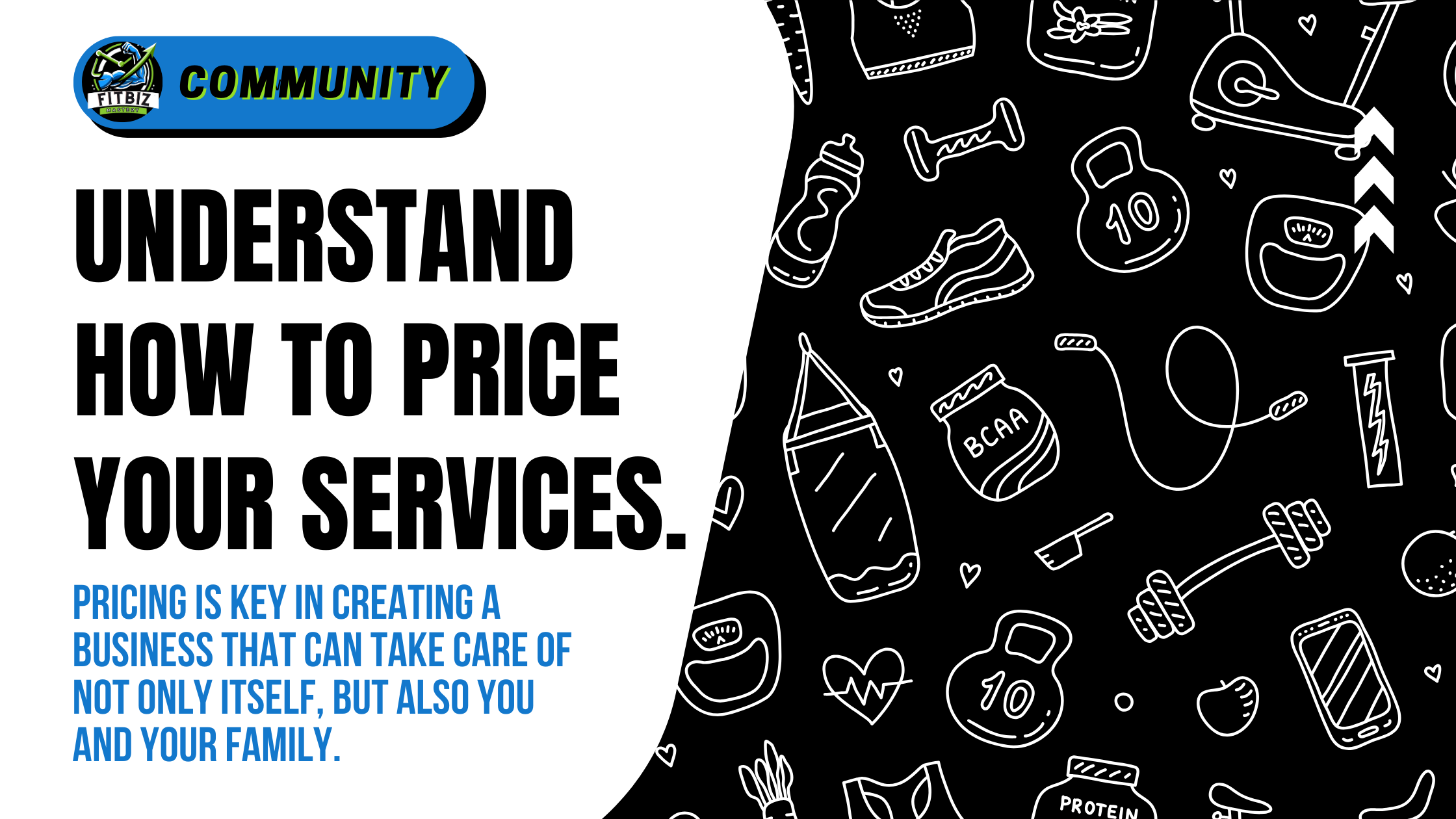Are you charging enough for your personal training sessions? It’s a question that haunts many fitness professionals. The delicate balance between valuing your expertise and staying competitive can often lead to underpricing. In this blog post, we’ll dive into why setting the right prices is crucial for your business, and how you can do it effectively. Because without proper pricing you will ultimately kill your business.

Understanding Your Worth: First things first, recognize the value you bring. As a personal trainer, you’re not just providing a service; you’re offering a transformation. Your expertise, personalized attention, and the unique experience you offer are invaluable. If you’re undervaluing your services, you’re not just shortchanging yourself but also sending a message to clients that you may not be the best in the field.
Research and Analysis: Begin by analyzing your competitors. What are they charging, and what do they offer? This doesn’t mean you should copy their pricing, but it gives you a benchmark. Also, consider the demographics of your target market. Higher-income areas might sustain higher rates, whereas more competitive, saturated markets might require strategic pricing.
Cost-Based Pricing: Calculate your expenses. This includes not just the direct costs like equipment and facility rentals but also indirect costs like marketing, insurance, your time for planning sessions, and even the time and price to acquire your certification. A lot of people just assume their price for the hour they actually train versus everything that comes into it. Once you have a clear idea of your costs, mark up your prices to ensure a profit margin that sustains and grows your business.
Value-Based Pricing: Your pricing should reflect the transformation you provide. If you specialize in niche areas like post-injury rehabilitation or sports-specific training, your prices should mirror this specialized expertise. The more specialized your service, the more you can justify a higher price point.
Tiered Pricing Models: Consider implementing tiered pricing based on the level of personalization and intensity of the programs. For example, basic packages for general fitness goals and premium packages for more specialized or intensive training regimes. This not only caters to different budget levels but also highlights the premium value of your top-tier services.

Psychology of Pricing: Don’t ignore the psychological aspect. Odd pricing (like $99 instead of $100) can sometimes make a service seem more affordable. Offering packages at a discounted rate can encourage longer commitment from clients, ensuring a steady income for you.
Communicating Value: It’s not just about setting the right price; it’s also about communicating the value clients receive. Use testimonials, success stories, and clear explanations of your training methods to justify your prices. Help potential clients see the transformation they’re investing in.
Regular Reviews and Adjustments: The market changes, and so should your prices. Regularly review your pricing structure to ensure it aligns with current market trends, your growing expertise, and inflation.
Pricing is more than just a number – it’s a reflection of your value, expertise, and the transformative experience you offer. By setting the right prices, you not only ensure the sustainability of your business but also affirm your position as a high-quality personal trainer. Remember, your services are valuable, and your pricing should reflect that. Don’t sell yourself short; your expertise is worth every penny. Trust me, you don’t want to compete with a trainer who is charging $20 a session. Doing that will eventually lead to burnout and a lot of frustration.
